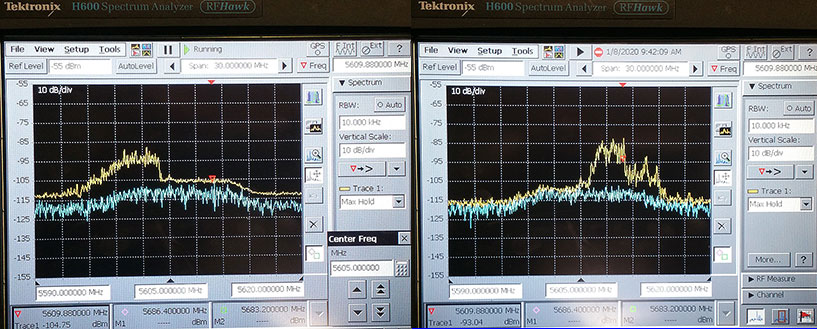Many thanks to SWLing Post contributor, John Harper (AE5X), who notes that he recently worked with an FCC crew to find the source of noise that was affecting a weather radar site. In the process, John got to check out, first hand, RF Hawk and some of the equipment the FCC uses to locate interference (including pirate radio stations).
The SWLing Post
Shortwave listening and everything radio including reviews, broadcasting, ham radio, field operation, DXing, maker kits, travel, emergency gear, events, and more


More to the point is the vast amount of man-hours wasted in this. The final report was enormously over the top. The culprit was a legitimate shared in-band device. It was supposed to detect the local radar and tell other units to move frequency out of the way (or be told to by other units if they detected it). It’s clear that there’s no protocol between the units that establishes and makes sure that that link works. This requires a firmware update in all the shared band devices and then a fault like this would never occur.
More worrying is that the whole thing, being repetitive and from exactly the same direction couldn’t simply be taken out by software at the radar (and give a warning indication of some sort). That implies that the radar processor lacks horsepower or the will for the FAA to use very simple signal processing to resolve it.
Believe me, having worked in airbourne and terrestrial radar systems, this isn’t ‘rocket science’.
What was the result of the discovery? Did they confiscate the transmitter? Jail the owner?
Maybe I’m wrong … or mabye not 😀
But I suspect that the “RFhawk” used to track the signal has some quite strict relationship with the “RedHawk” SDR framework
https://swling.com/blog/2019/01/the-nsas-software-defined-radio-application-redhawk-is-now-open-source/
then, again, maybe I’m wrong …